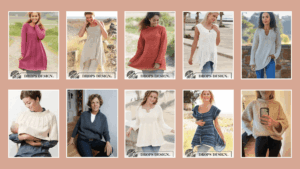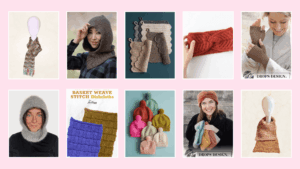How to Knit a Blanket for Beginners: Plus 12 New Easy Techniques!
Knit a blanket you'll love for life!
Knit a blanket you'll love for life!
Time to take your knitting projects up a notch! I’m sure you’ve made quite a few things already and are looking for a bigger challenge. So it’s time to learn how to knit a blanket!
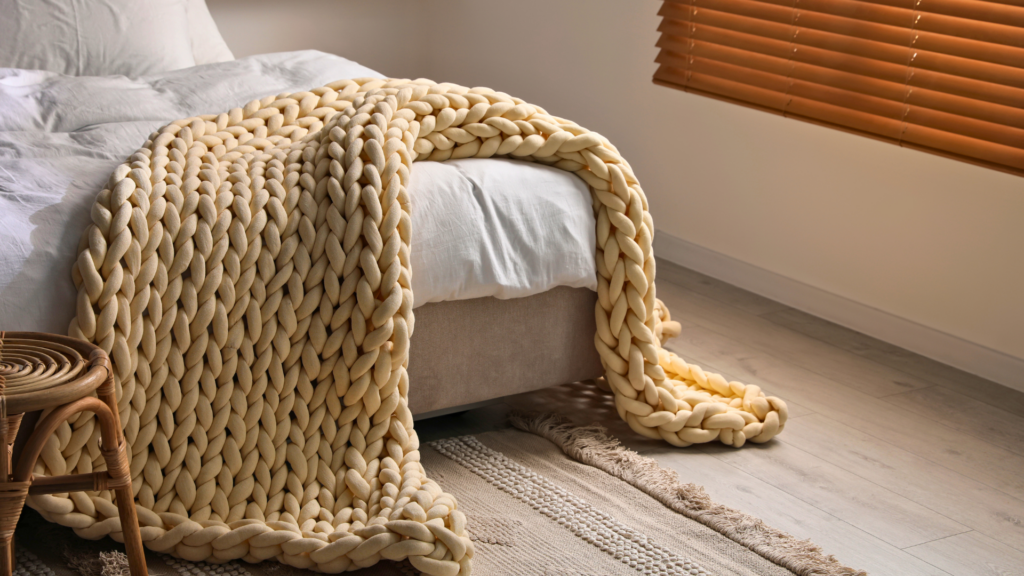
Today, we’re talking about how to knit a blanket, the basic materials, beginner-friendly stitches, and easy ways to jazz up your freshly-stitched blanket. Ready for a cozy new addition to your blanket collection? Stick around!
Although it looks like a highly advanced skill, learning how to knit a blanket is quite beginner-friendly! There are plenty of beginner-friendly knit blanket patterns that are ready and free for you to use.
How do you find a beginner-friendly knit blanket pattern?
Some knitting patterns can look easy, but actually have stitches that are quite tricky to make. Here’s a quick ways to
We have a more in-depth article all about finding beginner-friendly knitting patterns. Read all about it here:
FINDING EASY KNITTING PATTERNS: 10+ FREE ROUND UPS!
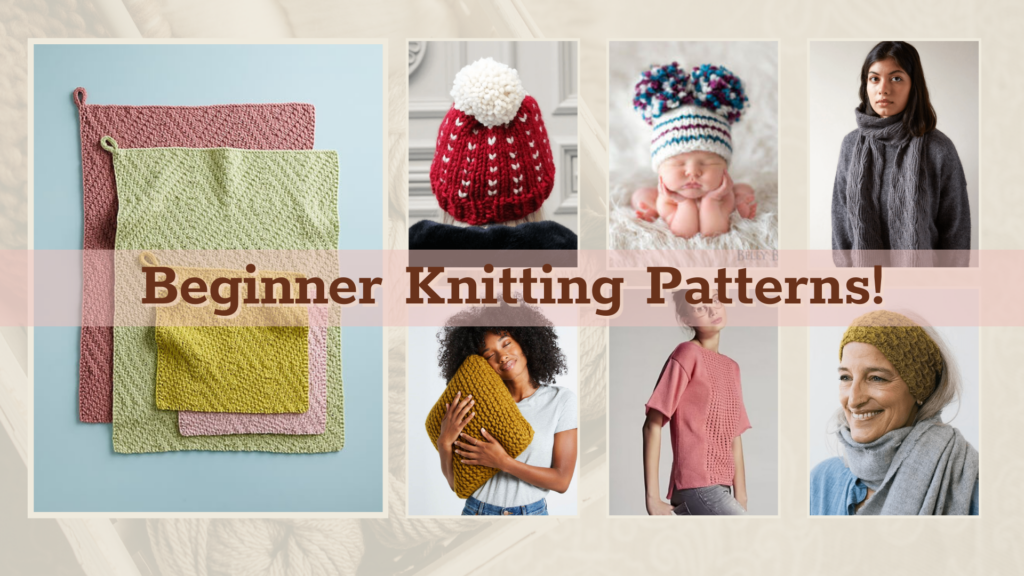
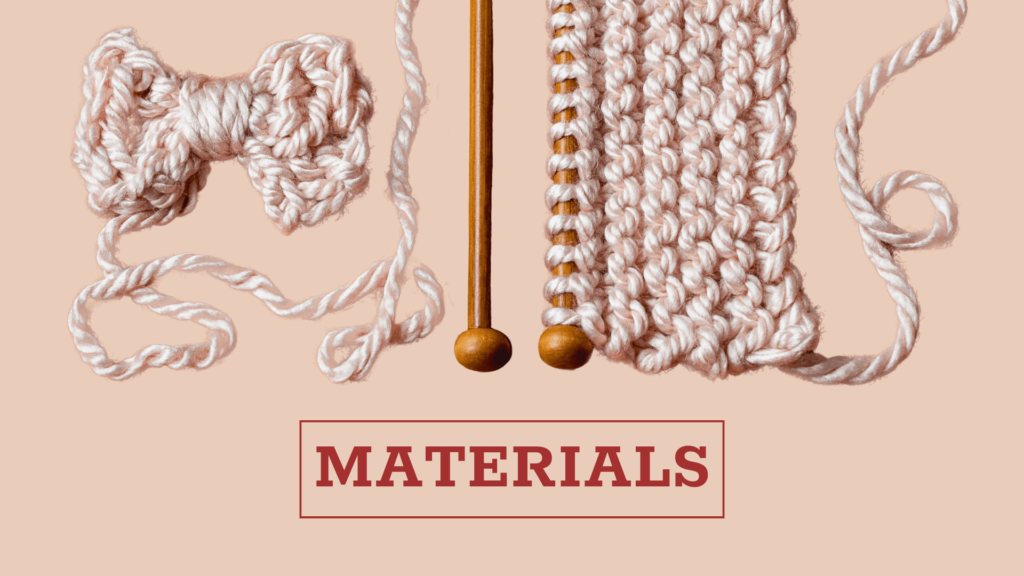
The most important part of starting a new project is making sure you have all that you need ready to use! So let’s talk about the basic materials you will need while learning how to knit a blanket:

Your yarn is the most important ingredient to making the perfect blanket. The yarn weight and yarn fibers will affect how your blanket will look, weigh, feel, and even how you take care/ maintain it!
Yarn Fibers
Yarn fibers refer to the material that makes up your yarn strands. Some popular examples of this are cotton, acrylic, and wool. These materials will affect your blanket’s capability to keep you warm, as well as, how much care is put into maintaining the blanket.
A quick cheat sheet for yarn:
Wool is warmer but is prone to pilling. Cotton is more breathable and great for sensitive skin, but lacks stretchiness. Acrylic is cheap, accessible, but can feel “scratchy” on your skin.
Yarn Weight
Yarn weight refers to the thickness of your yarn. You will notice that knitting patterns have the terms “bulky”, “chunky”, and “worsted”. These are the yarn weights.
Thinner yarn weights will result in a lighter knit blanket perfect for spring and summer. Chunky or bulky yarn weights are great for blankets used during the colder months of October and December. Worsted weight yarns can be used for knit blankets you want to be able to use year-round.
Of course, as a beginner, we don’t expect you to have a deep know-how about yarn fibers and weights. So, the easiest bet for choosing yarn for your blanket is to follow the yarn suggestions of the blanket knitting pattern you’re following.
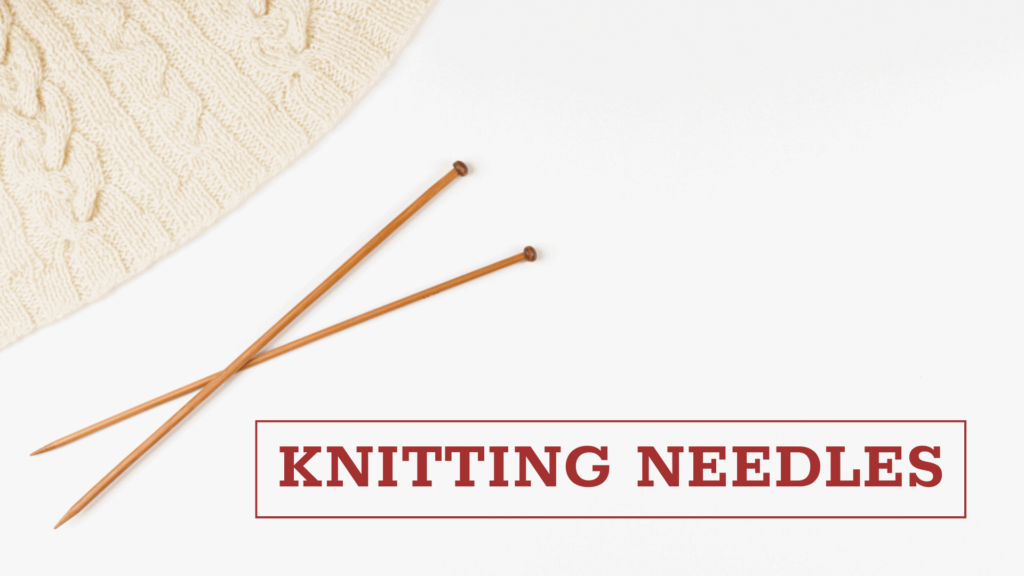
Unless you’re learning how to hand knit a chunky blanket, you’re probably going to need a pair of sturdy knitting needles. We highly encourage you to use circular knitting needles as these are PERFECT for knitting wide blankets. But if you’re knitting square panels, then the regular straight needles will be more than enough!
The material your knitting needles are made of can affect your knitting experience. Wooden needles have more grip and are great for preventing your loops from slipping off. Metal needles are more slippery, great for fast knitters, and perfect for “grabby” yarn like wool and wool blends.
Learn all about knitting needles!
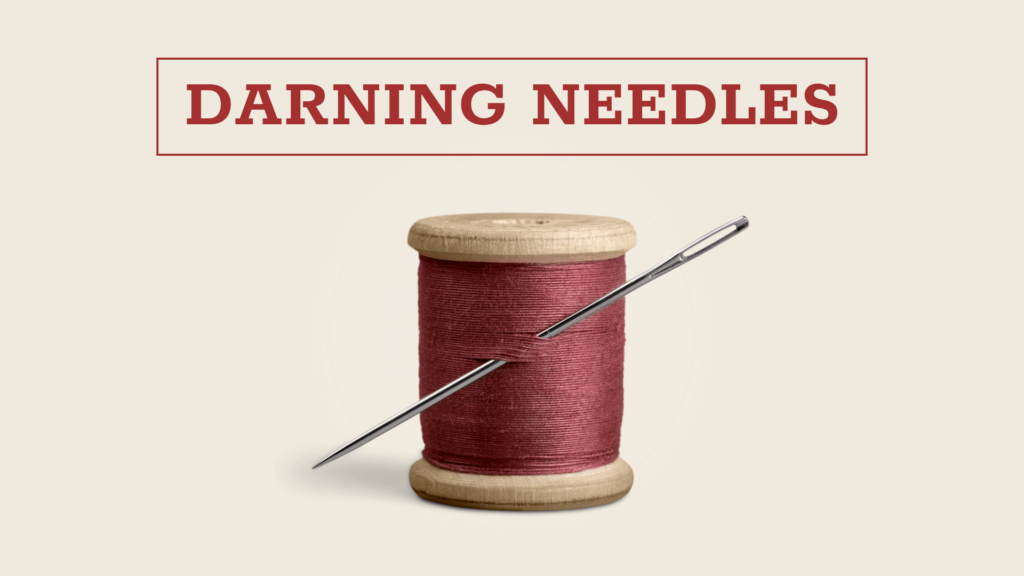
Darning needles are tools used to weave in the yarn ends of your knitting projects. The needles with blunt tips are excellent for helping you weave through stitches without breaking the fibers. On the other hand, the needles with sharper tips are great for intarsia and fair isle projects because it can easily slip between yarn fibers, hiding the yarn end and locking it in place.
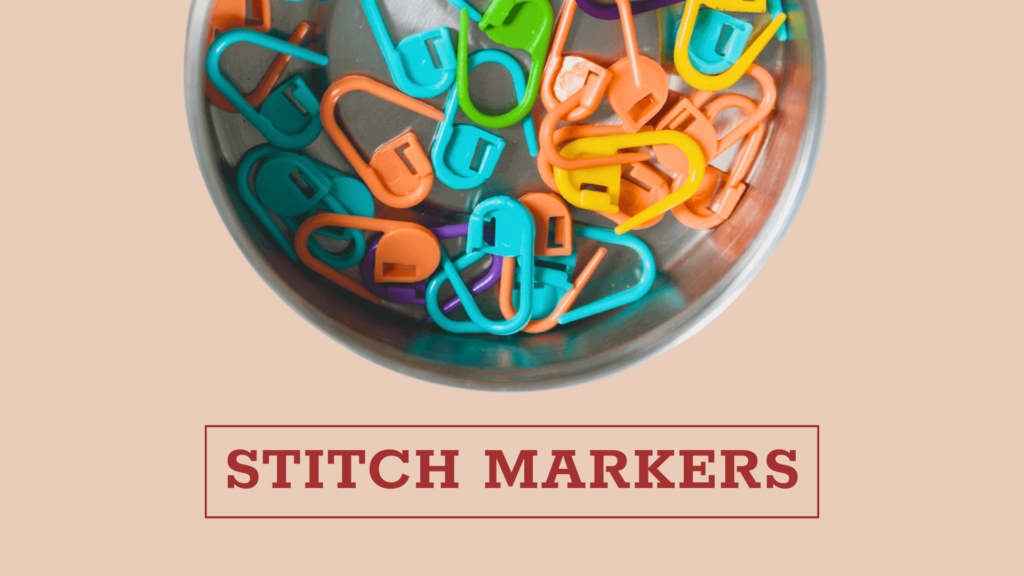
Although optional, stitch markers are great for helping you keep track of rows and stitch patterns. There are different types of stitch markers, but my absolute favorites are the locking ones. Those don’t budge and stay put as you knit along!
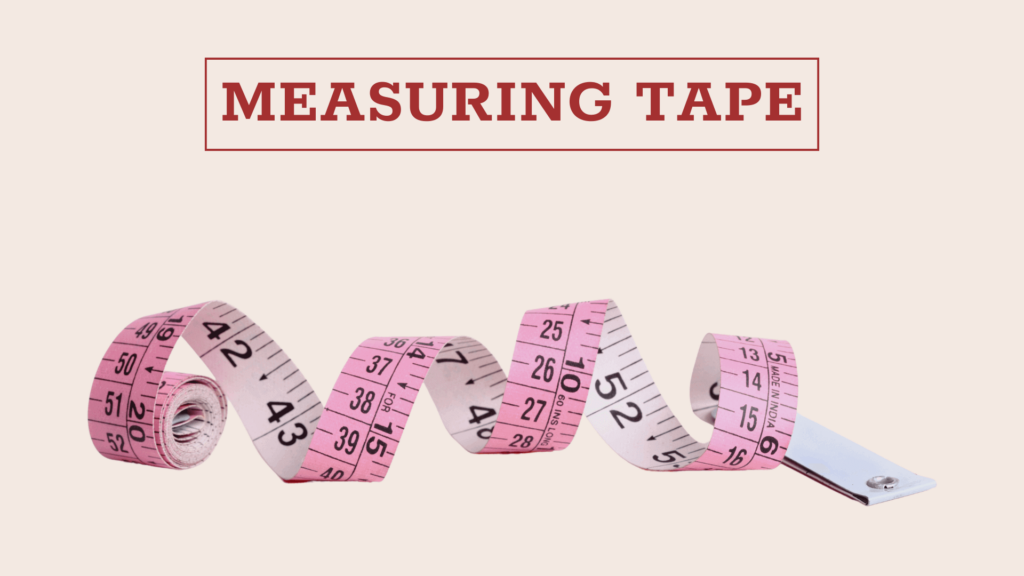
A measuring tape is needed to help you measure your knitting gauge. You will also use it when you start making wearable knits like sweaters, cardigans, and dresses!
A knitted blanket does not require any complicated stitches. You’ll be pleasantly surprised at how many cute blankets you can make with just the basic knitting stitches.
What are these stitches, you ask? Let’s talk about them!

You want your cast ons to be as easy as possible. Here are some of the best cast on techniques for beginner knitters learning how to knit a blanket!
The Basic Knitted Cast On is one of the easiest cast ons to ever make. This creates a firm edge that is perfect for blankets. You create this cast on by “knitting” and transferring the loop from your working needle on your holding needle!
The Backwards Loop Cast On is another method that will give a nice sturdy edge that is easy to work on and will help your knitted blanket keep its shape after multiple uses.
You can make a cozy blanket using the two basic knitting stitches: the knit stitch and the purl stitch! Let’s take a closer look:
The Knit Stitch will be the first stitch you learn as you begin your knitting journey. By repeating the knit stitch, you end up with a stretchy garter stitch that is squishy and chunky — the perfect combination for a knitted blanket!
What is a Garter Stitch?
The Garter Stitch is a type of stitch pattern created by knitting all of the rows. This type of stitch results in a squishy and stretchy fabric. It’s the perfect stitch for knitters learning how to knit a blanket.
The Purl Stitch is the next stitch you will take after mastering the knit stitch. Purls happen every time you make a knit stitch. These are the small pearl-y bumps you see at the back of a knitted stockinette fabric. It’s very easy to make and are essential in creating that flat, seamless knit panel perfect for blankets!
What is the Stockinette Stitch?
The Stockinette Stitch is another beginner-friendly stitch created by alternating the knit stitch in one row and the purl stitch in the next. This classic stitch pattern is used by all knitters to make flat knitted fabrics — and yes, your can use this in learning how to knit a blanket too!
Time to bind off your work! Bind offs refer to the method used to “lock in” your knitted project. There are many great ways to bind off, but today we’re talking about an easy technique used for sturdy edges!
The Basic Bind Off, also called the Basic Knitted Bind Off, is a very easy method of ending a project simply by “knitting” your fabric off the needle! This creates a neat, sturdy finish perfect for knit projects that will experience tons of wear and tear.
Want to use more stitches other than the basic knit and purl? Check out our playlist of beginner-friendly stitches!
Let’s take a look at other fun knitting techniques you might need as you learn how to hand knit a chunky blanket!
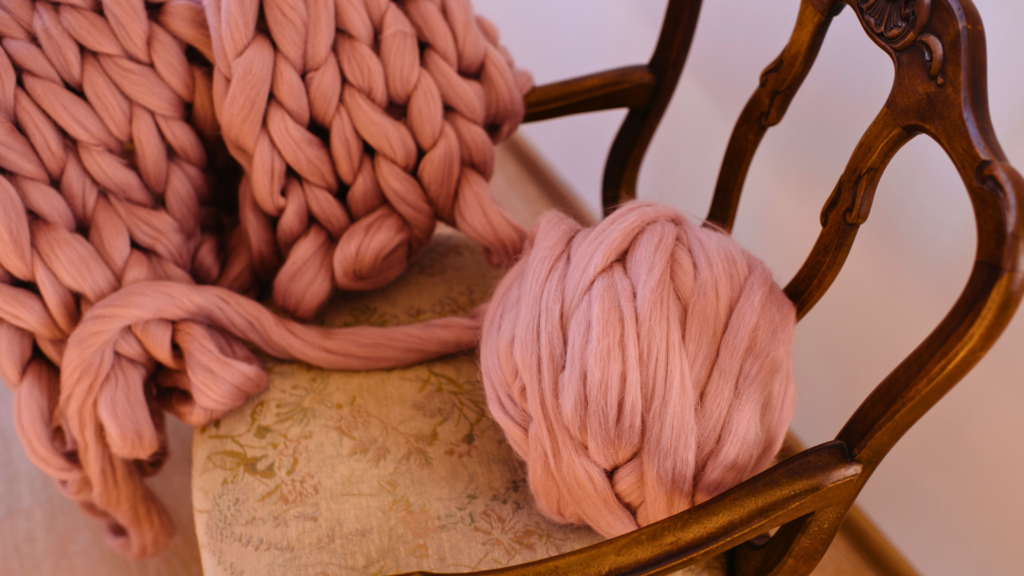
Nothing is more frustrating than losing the game of yarn chicken and having to attach a new skein of yarn. It completely throws you off your groove. The Magic Knot is one of the best ways to add in a new skein and it’s very easy to do too!
Gauge refers to the number of stitches and rows per inch in a finished knit fabric. Many knitting patterns have ask you to check your gauge in order the match the author’s measurements.
What happens if you don’t test your gauge?
Not testing your gauge might end up with your knit not matching the author’s measurements. Your project might end up too big or too small — or it might end up not looking like the finished project at all. Yes, this can happen even if you use the exact same materials!
Time to make your knitted blanket look like a million bucks. Here are a few beginner-friendly ways to finish off and add a gorgeous trim around your cozy blanket!
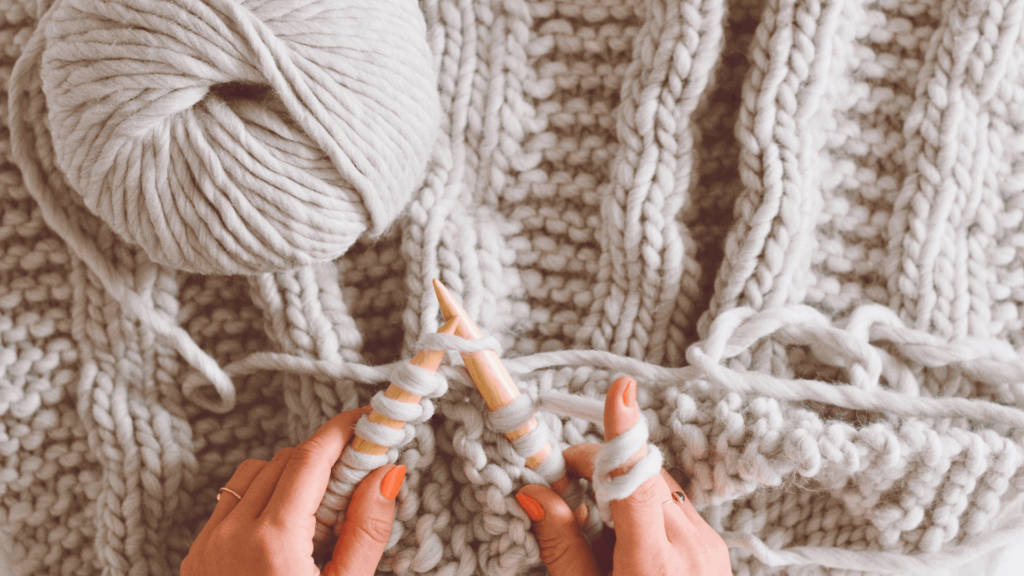
HOLD IT. Don’t cut those yarn tails…unless you want the project you worked hard on to fall apart. Instead, take a darning needle or yarn needle and weave in those ends!
Want that straight, crisp edge in your knits? Then it’s time to block your work! Blocking your knits removes the warping that typically occurs during the creation process.
This step is completely optional and isn’t exactly necessary for all projects. But it sure does make for some pretty knits! This involved using blocking pins or blocking combs and a blocking board.
There are two popular ways to block your work:
Steam Blocking is when you pin your work in position and running a clothes steamer over the top to slightly dampen the fabric and allowing it to dry in place.
This method is great for knits that don’t need to be washed often.
Wet Blocking is when you fully saturate your knits with water either by giving it a soft wash in a basin or spraying it with water. Then gently squeezing the water out using a dry towel and laying/pinning it flat to dry.
This method is perfect for knits that will be used often like sweaters, cardigans, and cozy knit blankets!
Learn How to Block Your knits!
Sometimes, a raw knitted edge is not what you want for your knitted blanket. Well, why not add a decorative border? Don’t worry, knitting a border around your blanket is so much easier than you think. Here are two beginner-friendly techniques that we recommend:
Rib Stitch
The Rib Stitch is done by alternating the knit stitch and purl stitch in the same row. It creates a stretchy border that is pretty and very easy to make.
Tip: Knitting rib stitches can be easily confusing at times. Keep track of when to knit or purl by placing a locking stitch marker in place!
Garter Stitch Edge
Learning how to knit a blanket is challenging enough, adding a border feels like insanity. Don’t fret, the Garter Stitch is a very first-timer-friendly knit border to try out. It’s created by using the knit stitch. Yes, just the knit stitch for all of the rows!
Sometimes, knowing how to knit a blanket comes in handy when it comes to making a personalized design. Stores don’t always carry chunky blankets that match our aesthetics, so why not make our own, right?
Today, we learned about the basic stitches you need to learn in order to knit a blanket. We also touched on beginner-friendly techniques to spruce up your cozy knits.
You only really need to know the absolute basics in knitting when it comes to exploring ways on how to knit a blanket at home. So take your time in finding your rhythm.
Are you ready to explore your newly found skill? Check out these cozy knit blanket patterns:
A pair of knitting needles isn’t the only way to knit a cozy blanket. Check out these cool and unique ways to learn how to hand knit a chunky blanket:

